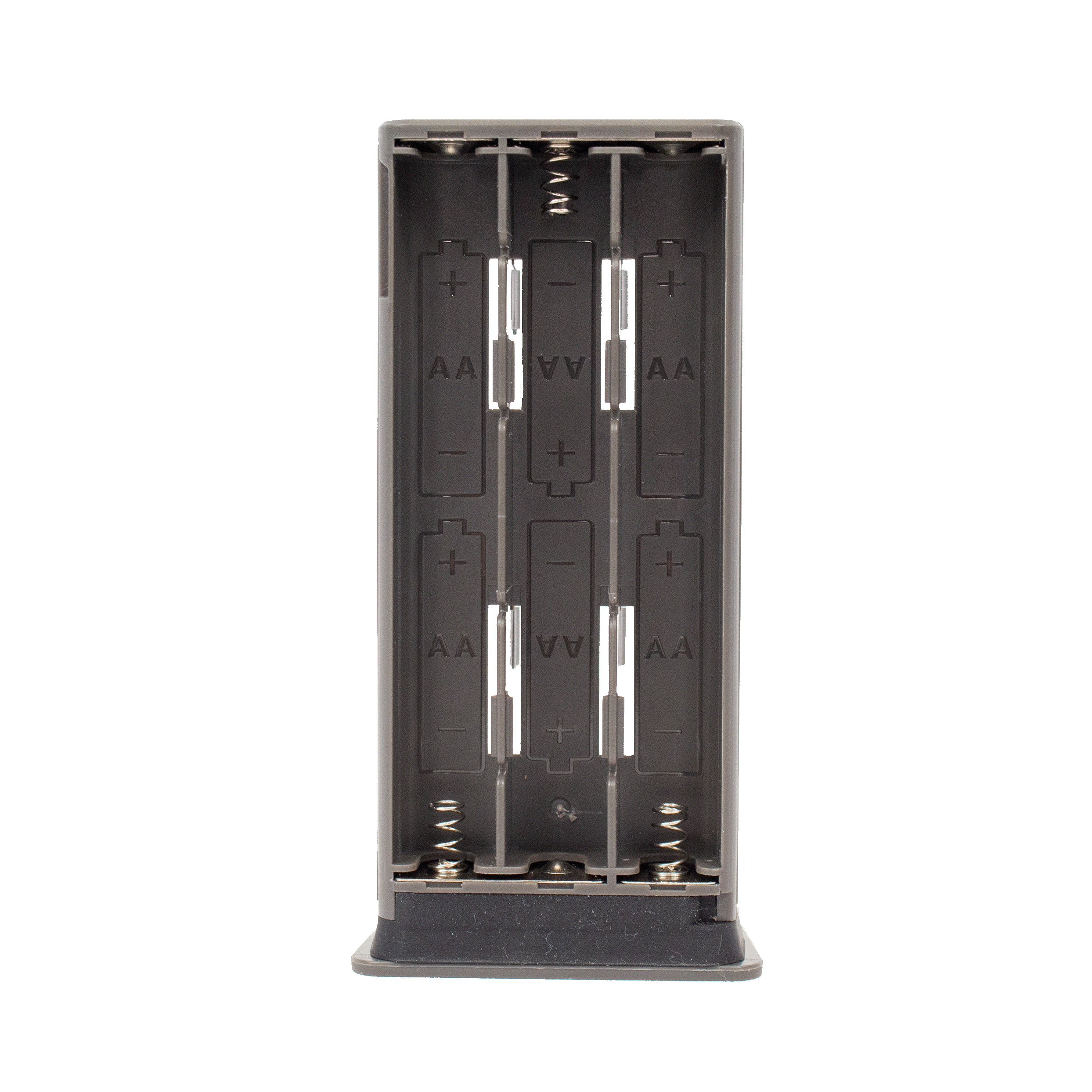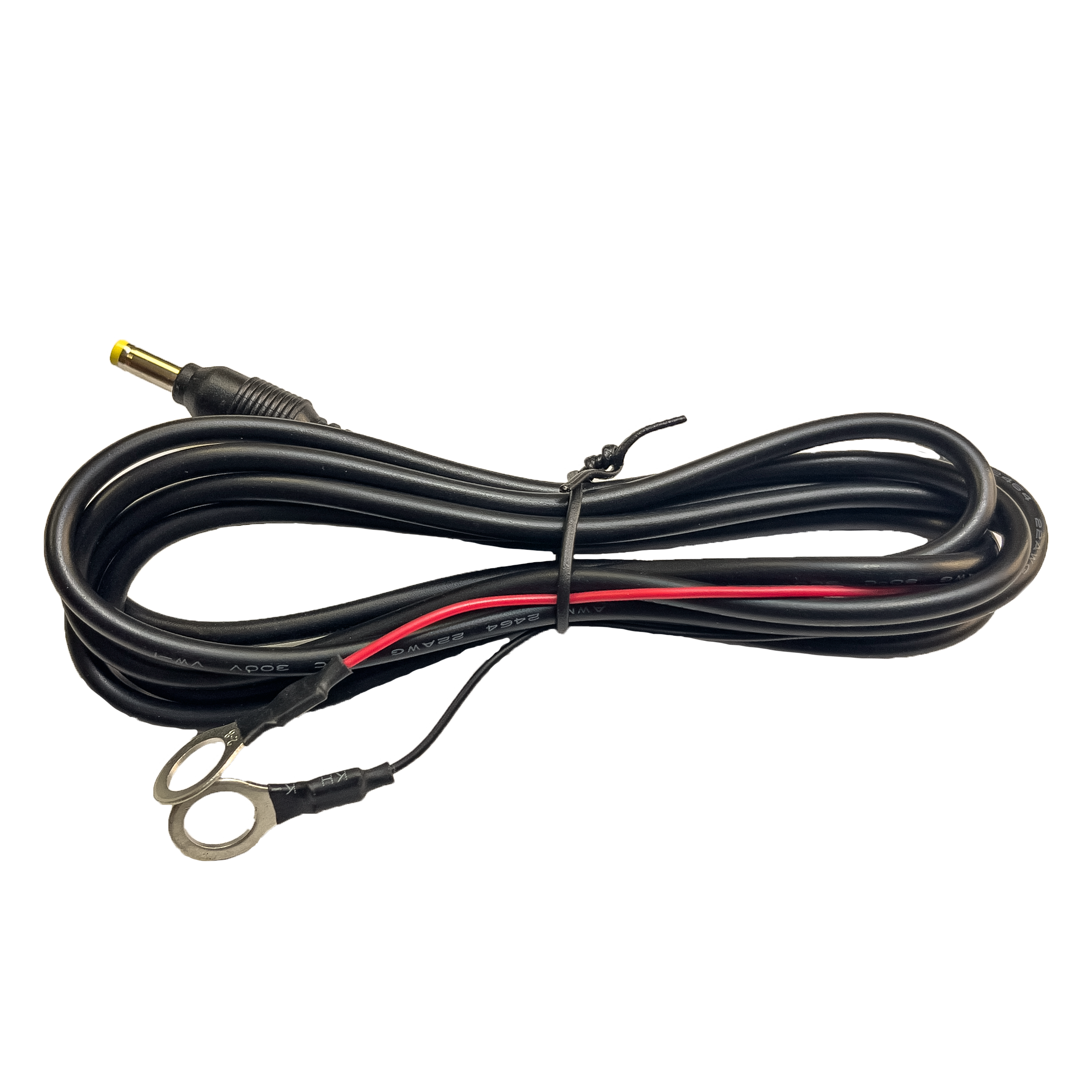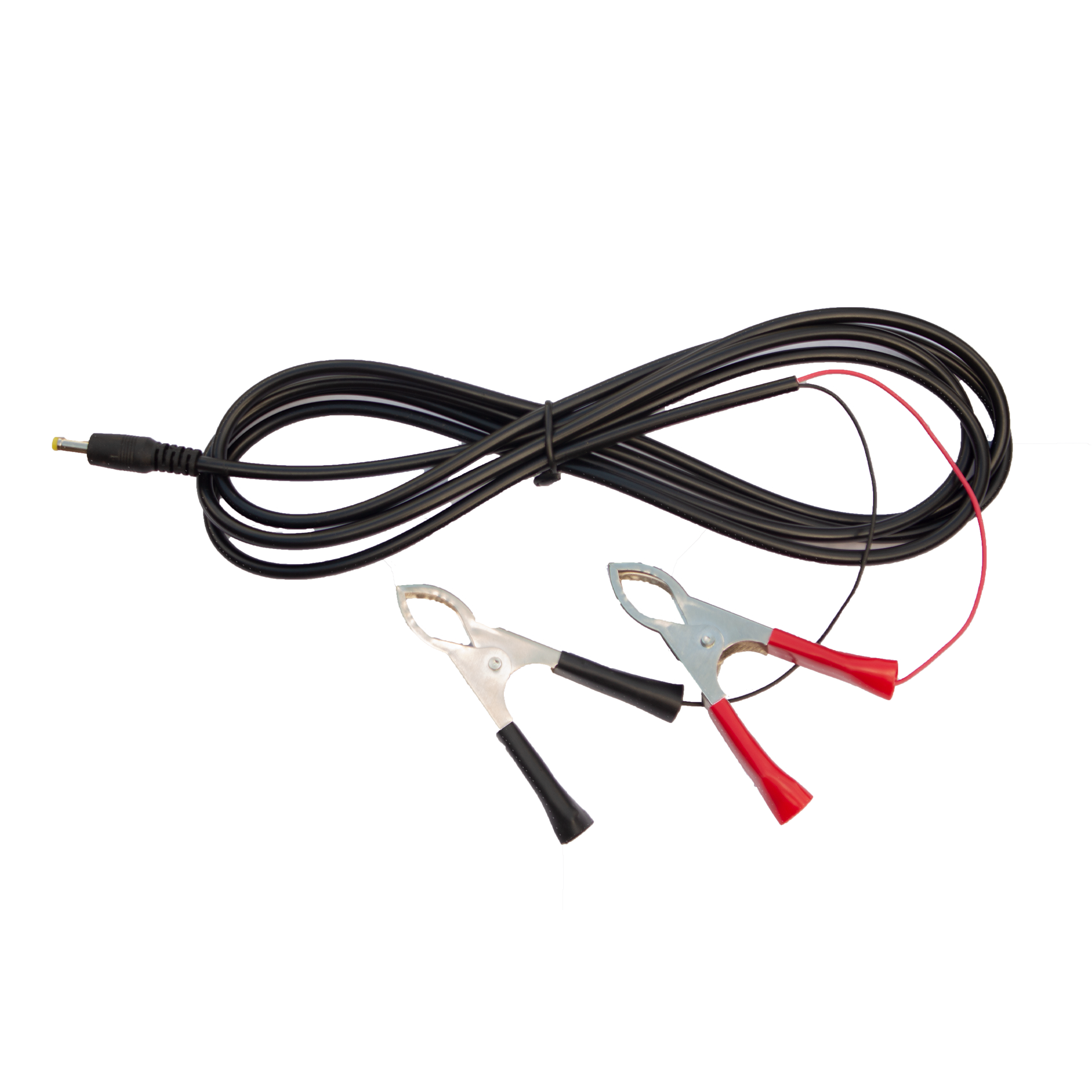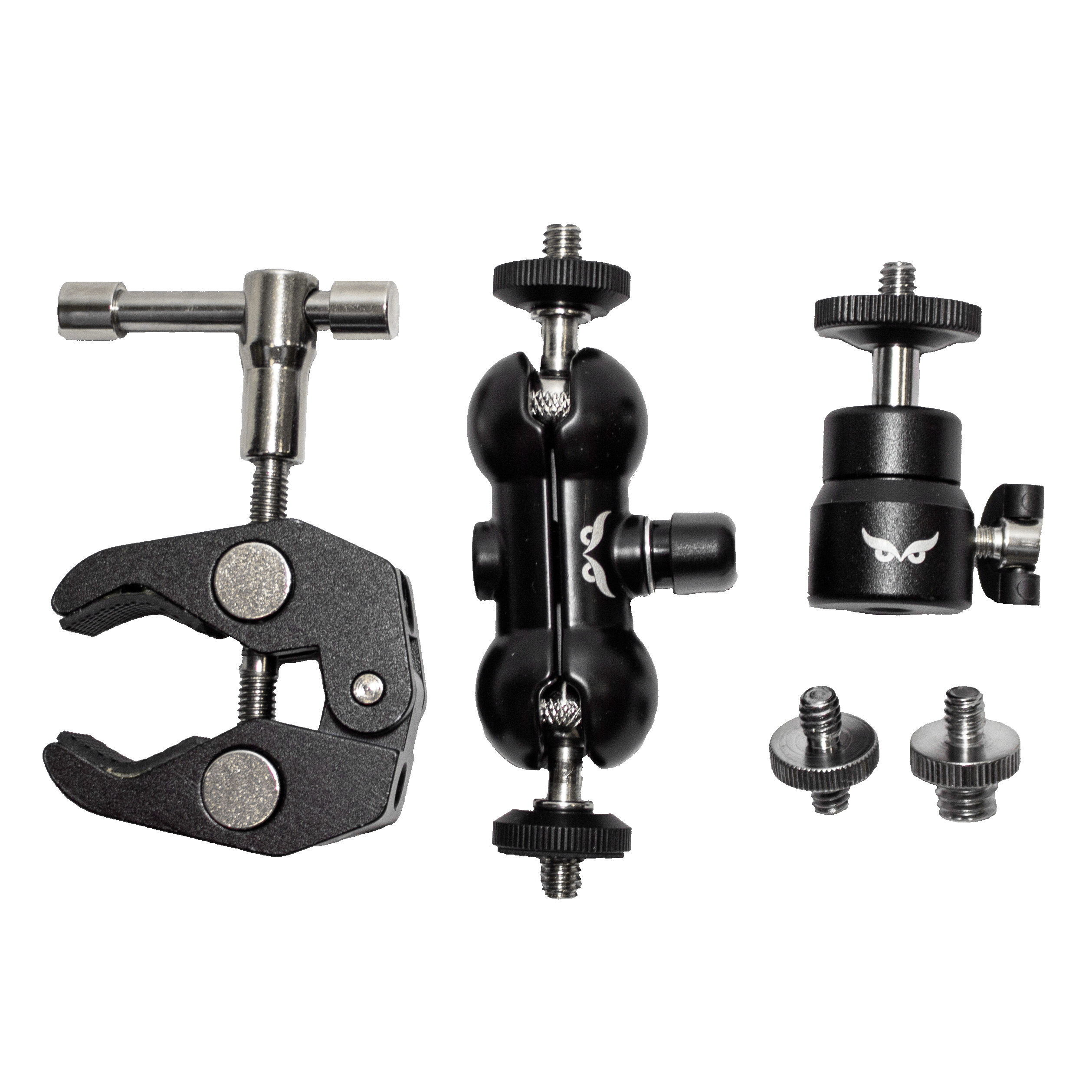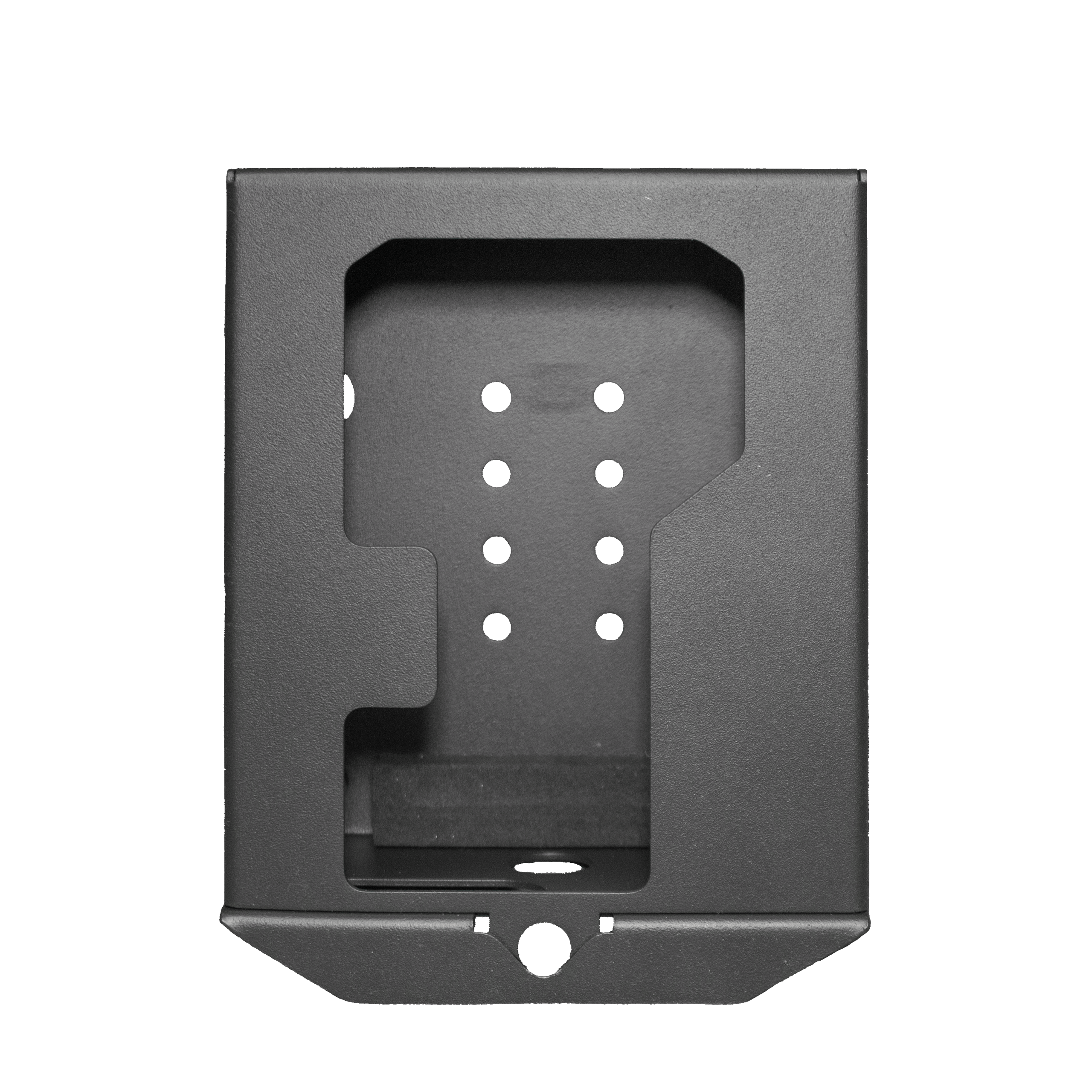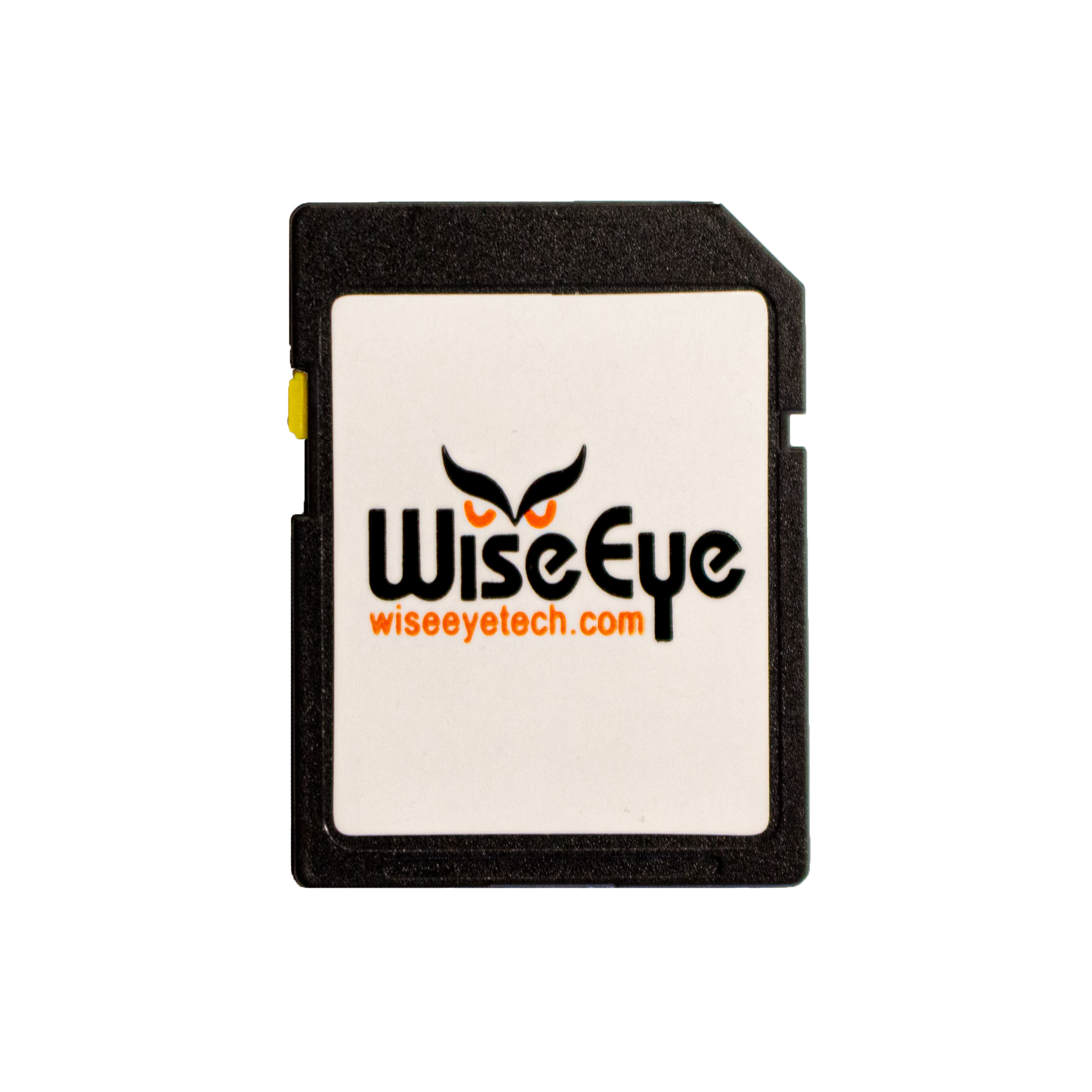Hunting Lease Agreements
Growing numbers of landowners throughout America are coming to realize that they can put their land to good financial use by making it available to hunters. Doing so typically involves a hunting lease agreement between landowner and hunters. The lease agreement sets out the rules governing the use of the land so that both parties know their rights and responsibilities.
According to the American Hunting Lease Association, leases can be offered to individual hunters, groups of hunters, or even establish hunting clubs. In any case, they suggest that the following 10 items (at minimum) be covered in a hunting lease agreement, regardless of who it is offered to:
1. Types of Hunting Allowed
A lease agreement should directly stipulate what types of hunting are allowed. This means hunting with bows, shotguns, etc. This is important because local ordinances may prohibit certain types of hunting practices. It may also be important if the size of the land will not support every kind of hunting that is generally practiced in the local area.
2. Available Game
A landowner may want to stipulate the available game based on current circumstances. For example, a farmer may be having a lot of trouble with deer and wild pigs to the extent that he wants hunters to focus on them exclusively. He could stipulate in the lease that no other game is allowed to be taken from his property.
3. Daily Hunter Volume
Between landowner preferences and local ordinances, there are almost always limits on the number of hunters allowed on a piece of land on a daily basis. This is both a safety issue and a matter of practical land management. At no time should a hunting lease agreement be proffered if a daily hunter volume is not established within its provisions.
4. Total Hunting Area
When landowners want to restrict the movement of hunters to certain parts of the land, the total hunting area needs to be stipulated in the lease agreement. If hunters are to be given run of the entire property, its boundary should still be listed in order to avoid any confusion.
5. Hunting Lease Insurance
Landowners may choose to purchase hunting lease insurance on their own or require the insurance be carried by those leasing the land. How insurance is taking care of should be detailed in the lease agreement. No agreement should be signed until insurance is in place.
6. Length of Lease
Typical hunting lease agreements are offered on a daily, seasonal, or annual basis. The length should be stipulated in the agreement.
7. Extra-Lease Costs
There are times landowners choose to assess extra-lease costs in order to cover care and maintenance of the land. These may take the form of kill fees, for example. All extra-lease costs must be contained within the lease or they are unenforceable.
8. On-Site Accommodations
If on-site accommodations (e.g., hunting cabin) are included, the lease must stipulate how those accommodations can and cannot be used. If accommodations are not included, the landowner may want to restrict the use of temporary structures.
9. Vehicle Use
It is important to specify how vehicles can be used on the property. Some landowners want to protect their property by restricting the use of things like ATVs and trucks.
10. Hunting Dogs
Lastly, hunting dogs present unique liability challenges for both landowners and hunters. A good hunting lease agreement will stipulate whether hunting dogs can be used or not and, if so, any restrictions surrounding their use. Landowners also have to be cognizant of their neighbors when considering hunting dogs.


